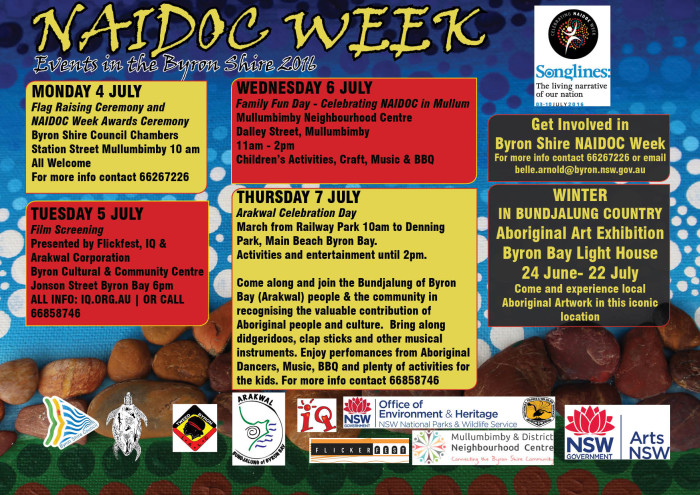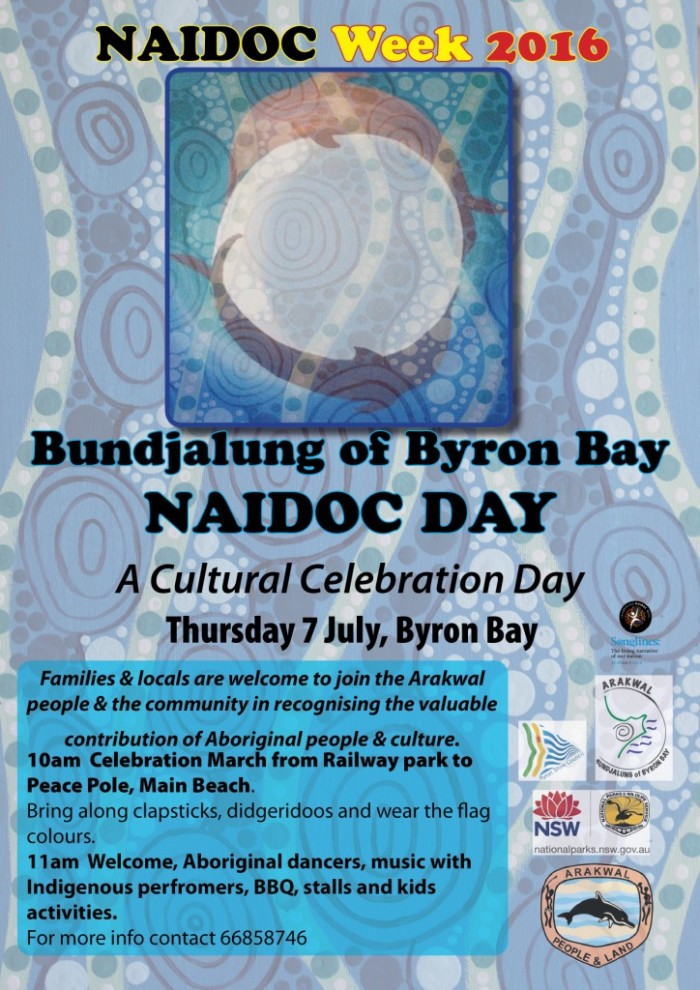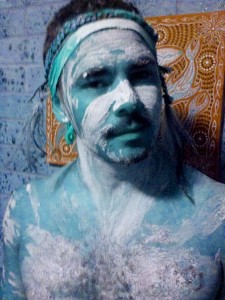 Sean Vidler Kay is an Arakwal Man who comes from Byron Bay, connected to this country through his grandfather and mum who are both Arakwal Bundjalung Traditional Custodians. Sean has grown up around Byron Bay, and knows this place really well – its his homeland. Sean’s passion is to paint Aboriginal designs onto canvas.
Sean Vidler Kay is an Arakwal Man who comes from Byron Bay, connected to this country through his grandfather and mum who are both Arakwal Bundjalung Traditional Custodians. Sean has grown up around Byron Bay, and knows this place really well – its his homeland. Sean’s passion is to paint Aboriginal designs onto canvas.
“I have designed carvings on wood, surfboards and pretty much anything that people request. I also love to do wood burning and paint boomerangs. The boomerang is very symbolic to our people as we were taken away from our country, but just like that boomerang, we always come back.”
The paintings he creates come from the spirit of his country and ancestors. His designs include carpet snake, goanna, dolphin, whale, echidna, pippis, campsites, spirits and trees, all on a beautiful backdrop of landscaped country. The main colours he uses include earth ochre – reds, yellow, white and ocean aqua.
““Painting helps me relax, focus and remember. My paintings come from my feelings which is derived from my family life and history, totems, heritage and culture. When I paint I think of all my Arakwal Family and how we would hunt and gather and live on our land many, many years ago. I have a very close spiritual connection to my grandfather whom walked this land in search of bush tucker and materials to make his artefacts and crafts. I feel his presence still with me today and I represent this in my art.”
Sean is keen surfer who won the Indigenous competition at Fingal Heads in recent years. Check out this video of Sean here surfing in the Bay.
“I love being in the ocean swimming just like a dolphin – this keeps me connected also.”
He has a strong connection to Arakwal country, its stories and history, and fond memories of being with family here. This influences his approach to life and his art.
“The Eagle is the male totem and when I see the eagle flying over, I feel like it is my Grandfather watching over me. The dolphin is the woman’s totum and I feel the same feeling, when I see them – its like all of my family that have past are watching over me. I represent this in my art also. Me and my family would gather pippis at Tallow Creek and Belongil, we would light a fire and cook them up for a feed, we always had fish, mudcrabs and bushtucker, this place is plentiful. I thank all my elders for passing this beautiful connection onto me”.
Learn More
![]() See and hear what some of our creative people are doing in art, dance, music, storytelling and crafts. This gallery space provides a brief outline and showcases their work. Some works can be purchased and skills can be employed if you are interested. Come and have a look.
See and hear what some of our creative people are doing in art, dance, music, storytelling and crafts. This gallery space provides a brief outline and showcases their work. Some works can be purchased and skills can be employed if you are interested. Come and have a look. NAIDOC Week 2016
NAIDOC Week 2016 NAIDOC Program
NAIDOC Program Cultural Celebration
Cultural Celebration

